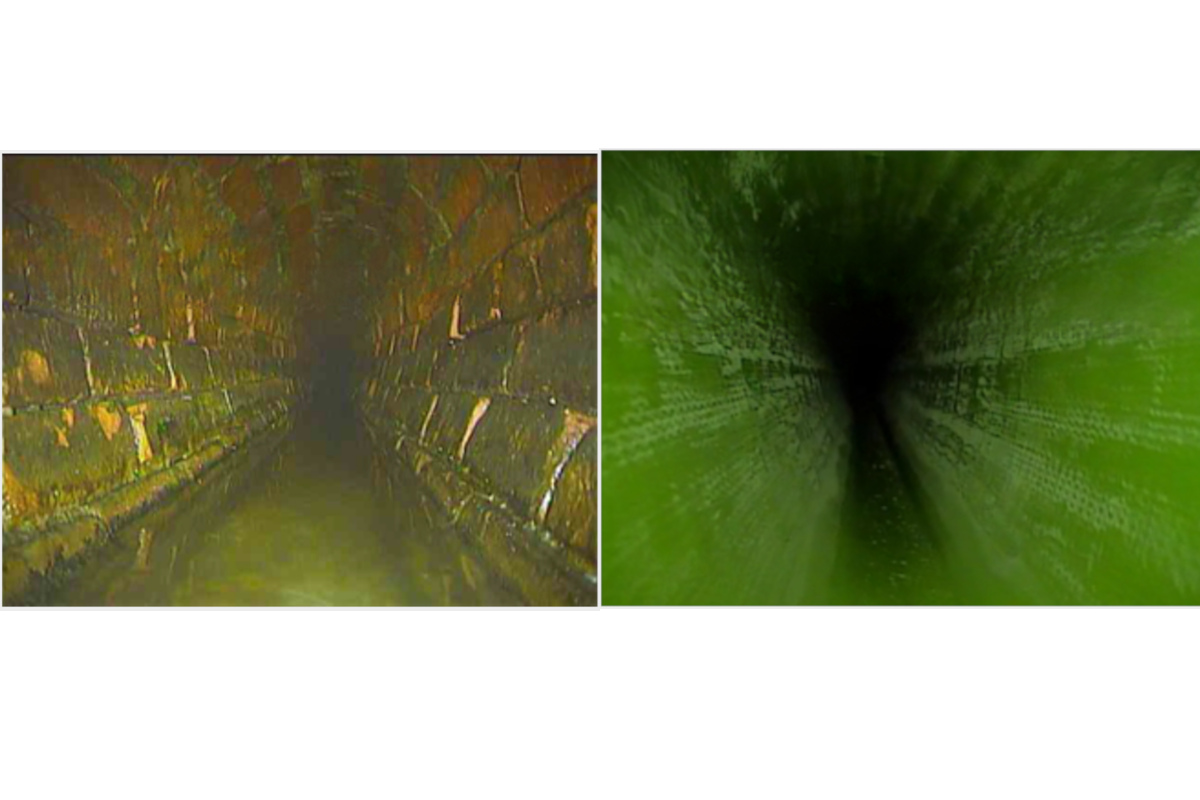
Picking the Brain of: Lembit Maimets, P.Eng. President and CEO Link-Pipe Inc.
For this edition of our “Picking the Brain Of…” Q&A we spoke with Lembit Maimets, P.Eng., president and CEO of Link-Pipe Inc. Based in Ontario, Link-Pipe manufactures sewer rehabilitation devices and materials to distributors and licensees across the globe. Many of the devices and materials are items patented by Maimet.
1. Please tell us about your background.
I spent 20 years performing municipal engineering work with municipalities in the Greater Toronto Area (GTA), 10 years as a consulting engineer designing high-rise structures, 1.5 years at the National Research Council Canada on its Associate Committee on National Building code and the last 38 years managing Link-Pipe Inc.
2. How did you become involved in the trenchless technology industry, specifically pipe relining?
Working in the GTA, I observed difficulties digging up sewers on main streets, especially when these pipes were under streetcar tracks.
RELATED: Picking the Brain of: Derek Potvin
3. Describe the state/condition of the Canada’s underground infrastructure.
The older pipes are vitrified clay, later ones are concrete and the modern ones mostly PVC. About 5 per cent of clay and unreinforced concrete pipes needed structural repair; concrete pipes showed almost 100 per cent erosion due to hydrogen sulfide attack.
4. You introduced the first spot repair sleeve. How did that come about?
I found that the damage was limited to 5 per cent of the length of the vitrified clay and unreinforced concrete sewers when I used at least a 1.5 km long sample.
Open-cut repair on these sections was prohibitively expensive and disruptive. The relining of vitrified clay pipe covered the entire length when the pipe needed only 5 per cent repair.
I found it a waste to cover good pipe and then repair the repair again in 25, or so years when the liner was amortized. Clay pipes in Egypt have worked for 4,000 years and what is broken was likely broken already 4,000 years ago when it was installed. This seems to be the same with our vitrified clay pipes. A solution had to be found.
RELATED: Picking the Brain of: Ken Foster
5. You have numerous patents for technology benefiting the trenchless industry. Describe their impact on the industry.
I did not have competitors for the first nine years. Then cured-in-place pipe came along. It may have been that I had introduced the idea of short repair for reasons described above. At least I have found no earlier records of suggestions for short repairs.
6. How does the Canadian market compare to the international market?
Lack of long-term planning in North America makes repairs costly. Prices and risk of doing business are greatly affected by lack of support for domestic products. This makes domestic materials costly and export very difficult.
In many countries, the domestic market supports the development costs. Exports can then be sold at reduced prices and be competitive on the world stage.
7. How would you describe the state of the trenchless market in Canada?
It is stop and go. The lowest tender is accepted and this benefits the use of shoddy materials. Net present value analysis in evaluating tenders is generally unknown and never applied.
8. Where do you see trenchless technology heading in the short- and long-terms in Canada?
It can improve if proper overall planning and product standards will address reliability and net present value of the repairs.
Presently this is missing. Either the industry starts using proper costing methods and choosing reliable materials, or it is getting progressively worse.
This requires knowledge of product service life which is presently only available for stainless steel repair sleeves. The market generally ignores this point. That does not bode well for our infrastructure rehabilitation industry.
9. What are a few of the notable projects of your career?
The fact I am still in business after 38 years since I started.
RELATED: Picking the Brain of: Bill Garibaldi
10. After being so influential in the industry for more than 35 years, what is it about trenchless technology that still excites you?
This is the question that can be answered by assessing the prospects.
I have observed that approximately 4 m of pipe needing repairs and maintenance in big cities like Toronto. About 5 per cent of this needs structural repair. Considering that more than 50 percent of the population lives in cities, the market for trenchless repair is “bottomless.” There are no budgets to do the required repairs even within 30 years.
Vitrified clay pipe is presently repaired most with CIPP. This means that a pipe with potential service life of 4,000 years is repaired with CIPP that may last maximum 50 years and most likely only 25 years.
The obvious prognosis indicates that, to the regular need of repair, in 25 to 50 years we have to start adding the repair of repairs, as well.
Presently the trenchless technology industry is in a hole it continues to dig only deeper. The trenchless industry has a long road ahead before it will have become a reliable technology. But presently there is no other way, and it is likely, it will be the only way.





